Unique societal changes, new ways of co-living and working. The design and organisation of living spaces, from work to retail, are challenging innovative possibilities to prioritize the human dimension. Modularity, flexibility and sustainability will be key for reinventing a sense of “living together” in real and virtual environments. Yes, but how?
Answers with Mathieu Chazelle, co-founder of Enia Architects, a multidisciplinary and multicultural agency with collaborators in France and in India,. Since 2003, they have been crossing the best that inventiveness and science can bring to an intelligent and intelligible architecture, conceived for ” reality ” and which ” results ” are accessible to all.
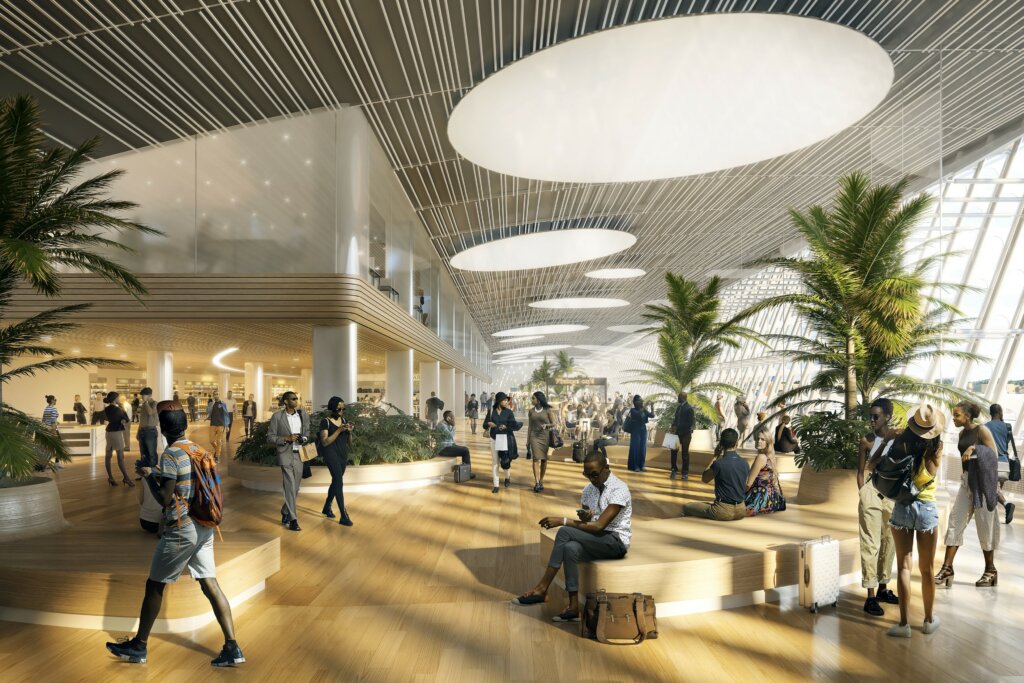 All the images are courtesy of Enia.fr -Pointe à Pitre Airport
All the images are courtesy of Enia.fr -Pointe à Pitre Airport
Sandrine Maggiani: Changes in our habits require to rethink shared spaces. How do you see these transformations in the configuration of workplaces, infrastructures and design?
Mathieu Chazelle: The current health crisis has disrupted a number of certainties anchored in workplace designers:
Tomorrow, what about the interactive and unifying function of open-spaces if it has to be recompartmentalized by plexiglas screens to prevent the spread of a virus? What about the flex-office, if we force everyone to remain at their place and disinfect it four times a day?
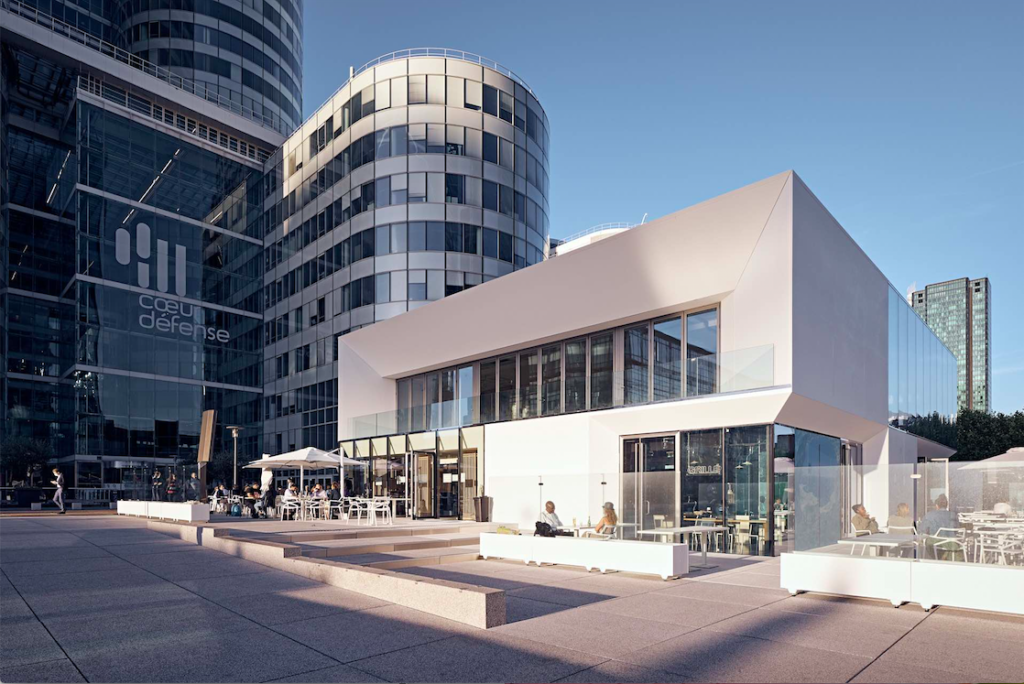 Table Square – La Defense- image E Paillard
Table Square – La Defense- image E Paillard
The answer lies in adaptability. Starting with our living spaces, which are expected to become multi-functional. A home must accommodate all its occupants without causing the family unit to implode or interfer with flexi-work. We are currently developing a pilot operation of 40 flexible housing units, capable of expanding or downsizing as the family structure changes, or even being completely transformed into business spaces.
SM: Shared activity places such as retail spaces will have to reinvent themselves. What options are you considering to renew their attractiveness while respecting the new constraints?
MC : It is essential to initiate a real reflection on our uses and our relationship with places of consumption and retail spaces: does the hyper-concentration of shopping areas on the periphery still make sense, at a time when many efforts are being made to revitalize city centers, and when we have to measure the environmental cost of each kilometer traveled by car every day?
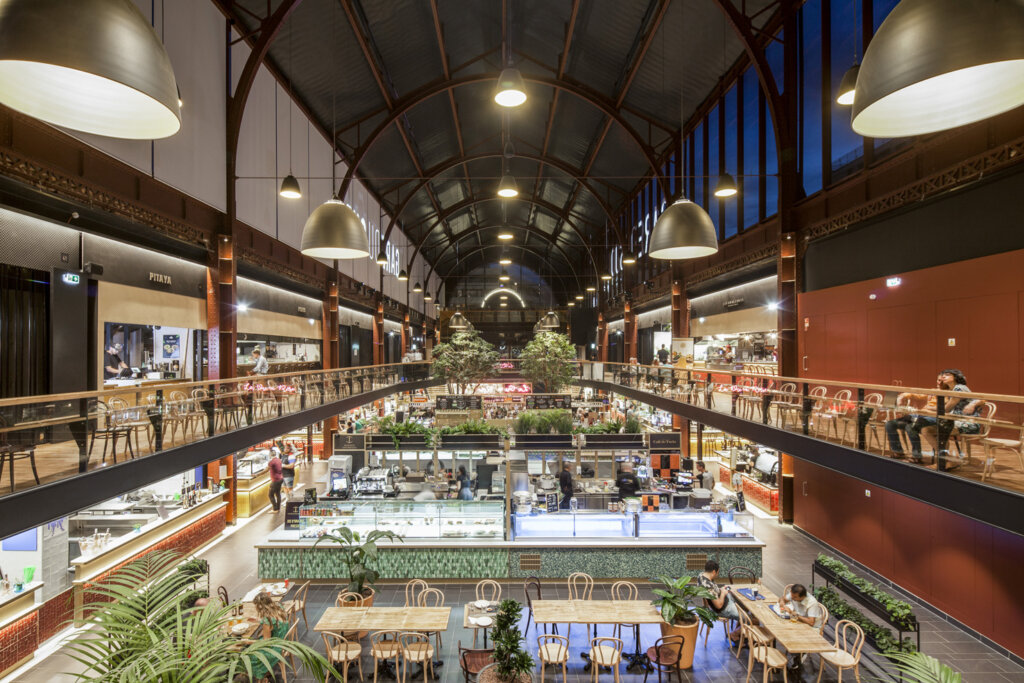 Halle – Nice Train station – Image: Milène SERVELLE.
Halle – Nice Train station – Image: Milène SERVELLE.
For the near future, we are currently initiating a research project on the transformation of peripheral areas into logistics hubs, which would make it possible to irrigate downtown businesses with small, clean vehicles. The objective is multiple: economic, societal and environmental.
SM: An essential question: how can urban eco-responsibility be rethought concretely to make it effective and accessible to most people?
MC : Urban eco-responsibility is closely linked to the question of flows and their control: flows of people and vehicles, but also flows of materials that represent colossal energy consumption and are sources of major nuisance (pollution, noise).
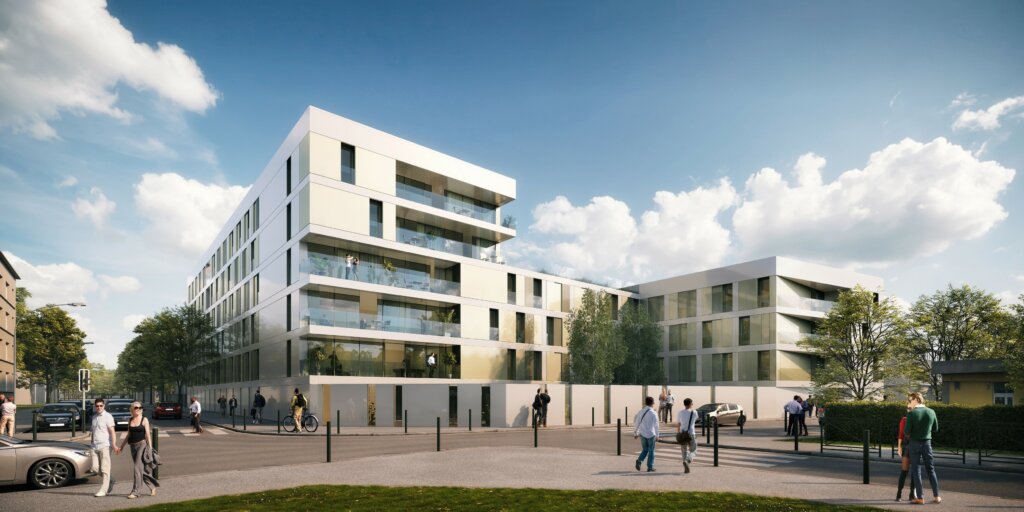 Housing units Arcueil
Housing units Arcueil
Today, we need to focus on the “metabolism of cities”, like that of a living being: what do they absorb, what do they reject, what do they produce? And to do so, we need to integrate a multitude of factors: the characteristics of a place, the expression of a functional need, technical requirements, climatic issues, to propose a single, coherent, obvious response.
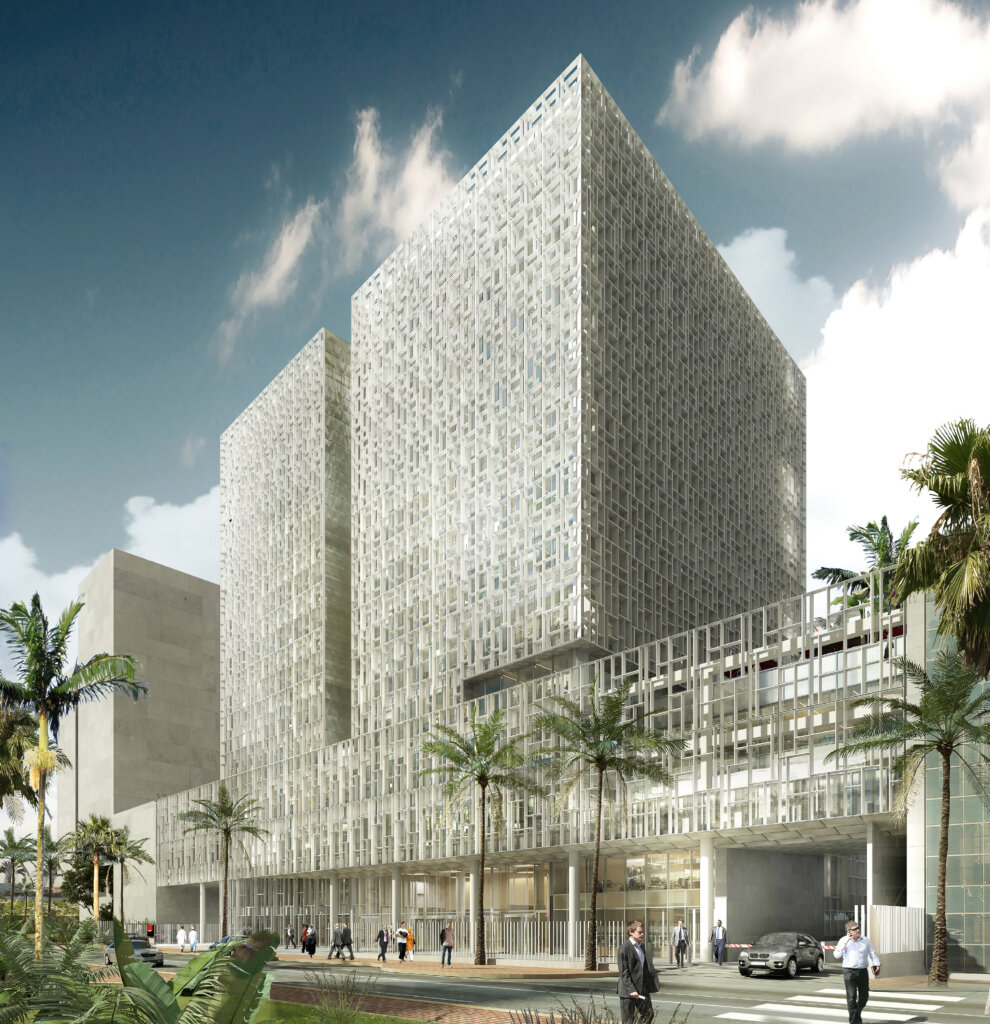 Société Générale Head quarters Alger
Société Générale Head quarters Alger
And for tomorrow: We share these reflections, through our Enialab laboratory, where research projects cover topics ranging from furniture to territory, to develop energy optimization, comfort, usage and the fight against rapid obsolescence of our living environment.
We will continue to share with you the innovative visions of inspirational Brands and personalities . For your projects, our consulting teams are at your side to support you. Let’s keep in contact





